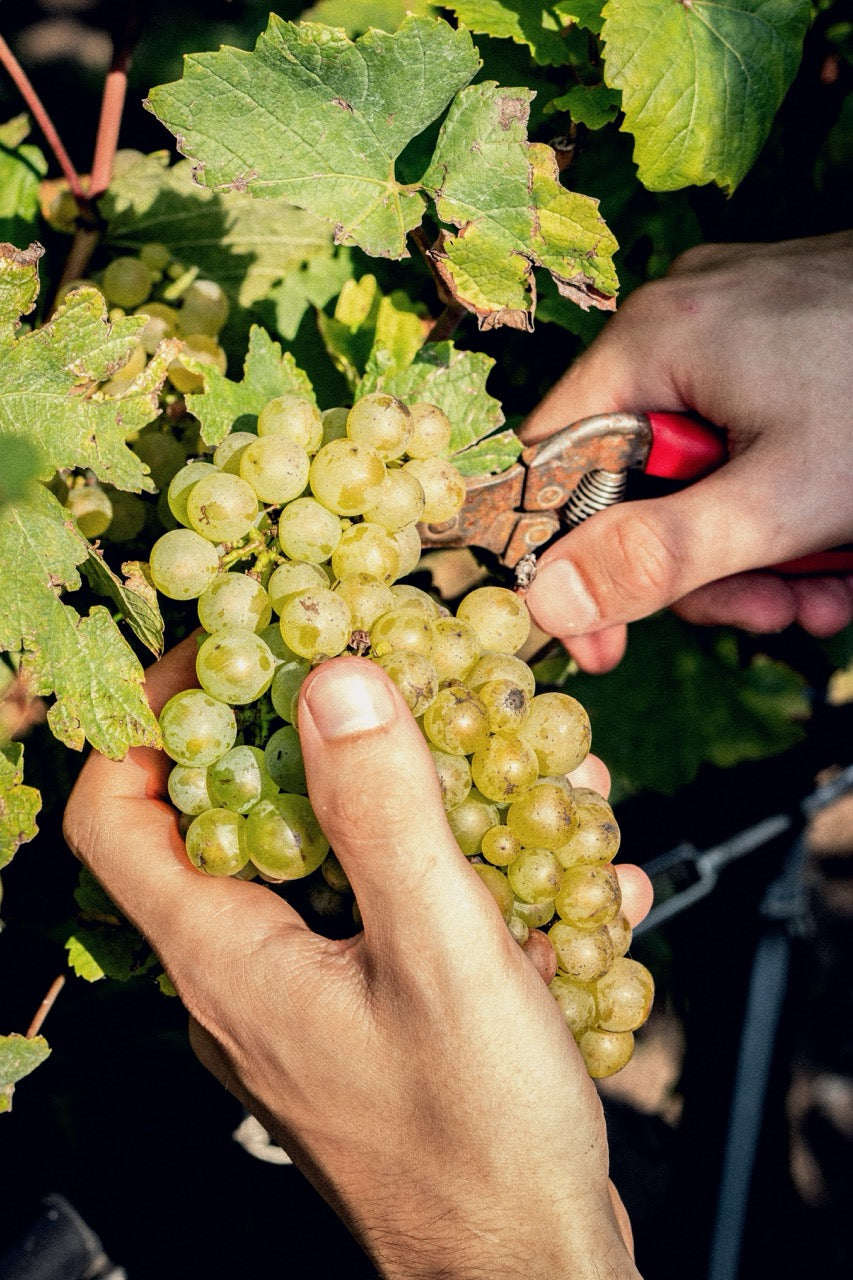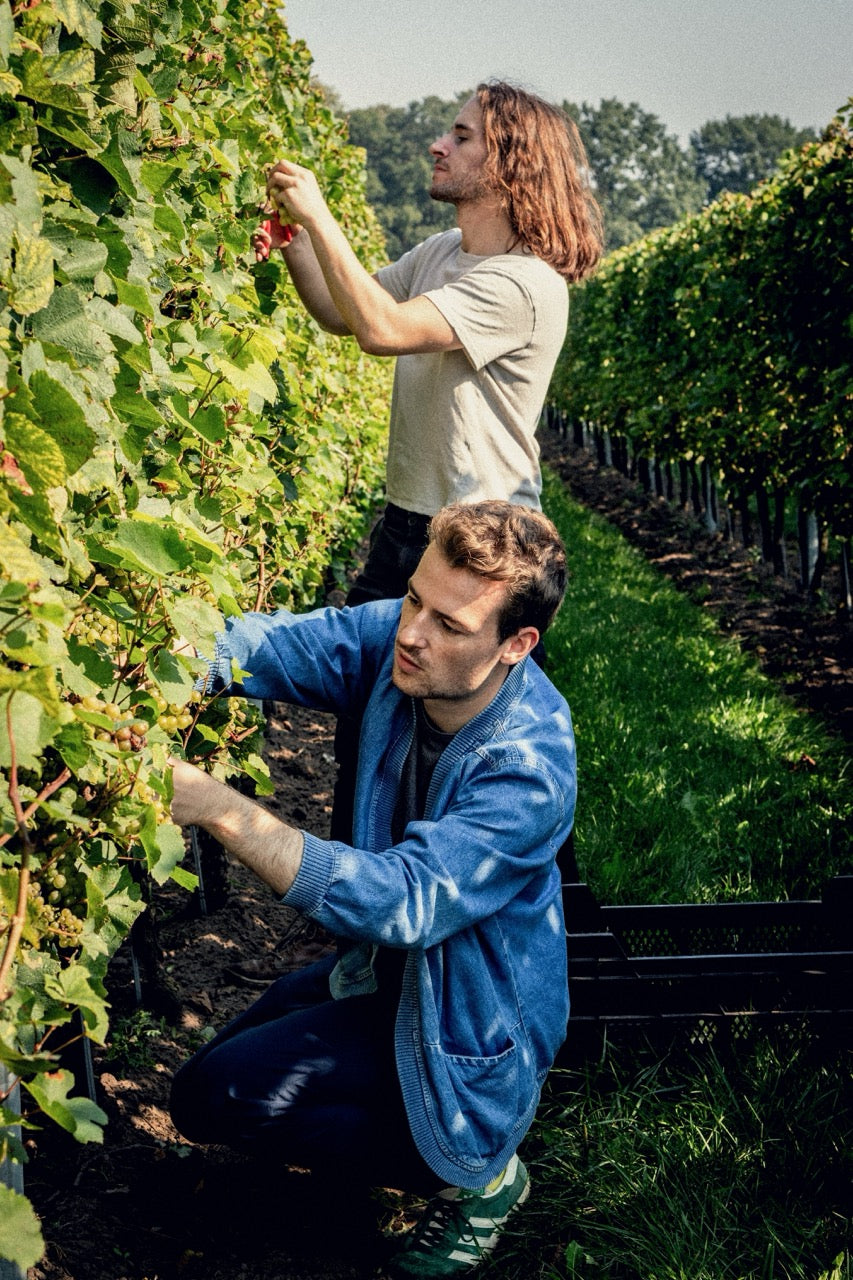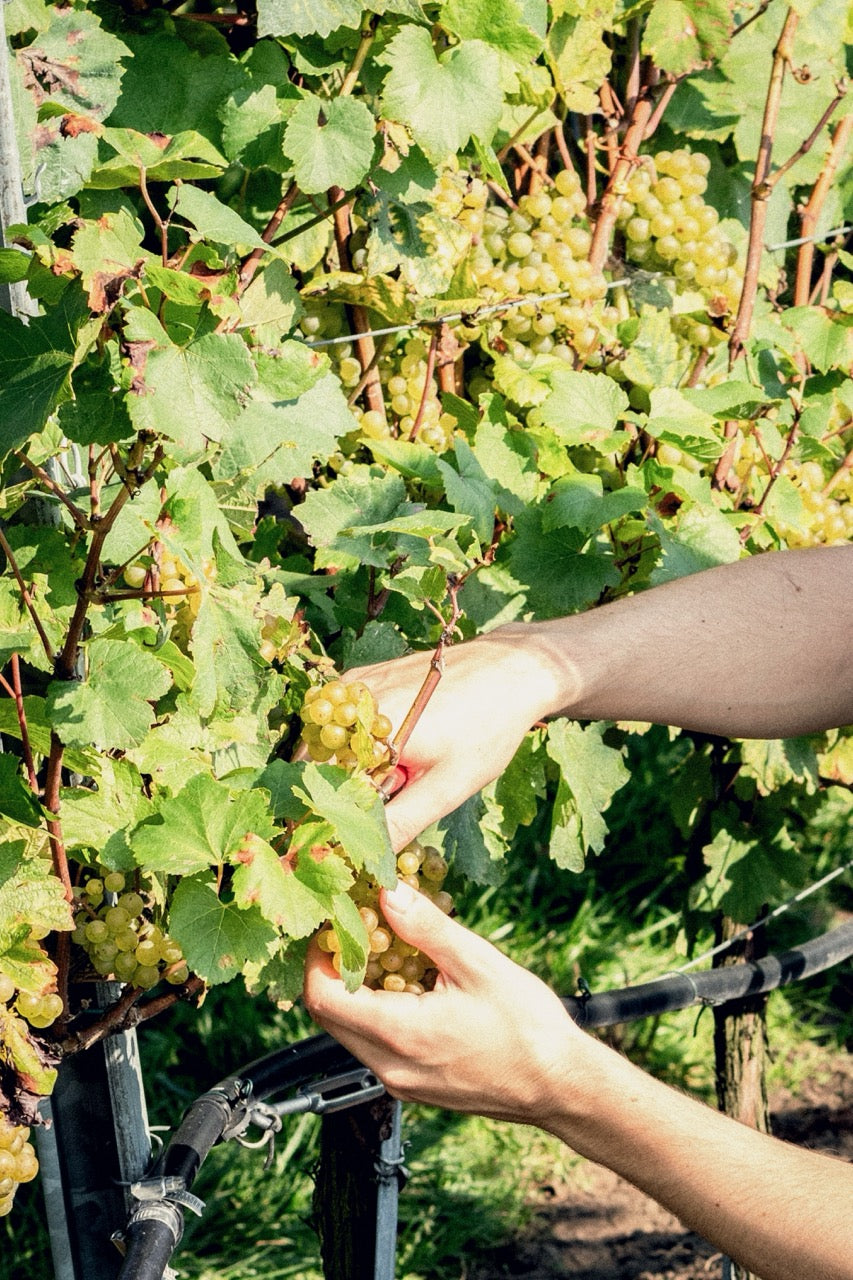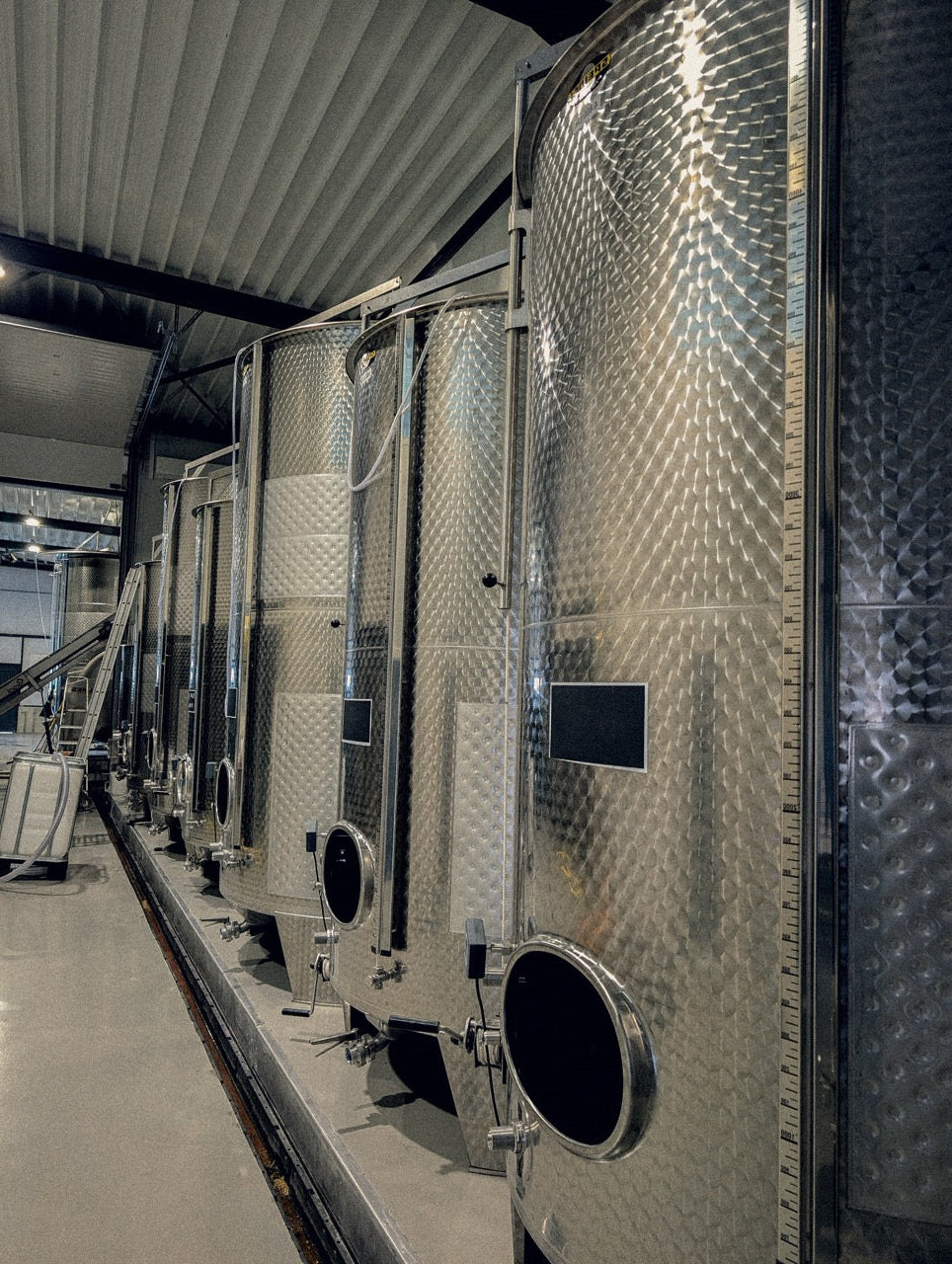OUR [STOH - REE]


And so they asked: What would it take to create something that actually felt like wine, without ever trying to be wine? It started with fermentation. Then came the botanicals, the structure, the depth. Textbooks were dusted off. Kitchens became labs. Late nights turned into layered blends. Not content with imitating, they set out to create something entirely new, complex, grown-up drinks that deserved a place at the table. Not a lesser version of something else, but a ritual in their own right. The result? A drink that doesn’t just taste good…
…it opens. It breathes. It pairs. And it behaves just like wine.


We don’t imitate. We don’t replicate. We rearticulate.
This is drinking, done differently. So if you’re ready for some good times, pop a bottle of SHWUNG, and pour yourself some same, same but different.
